Title : Sketching the imaginary
Project Lead : Laurence Mauderli From : ESAD Reims (None)
Dates : from 2012-07-02 00:00:00 to 2014-01-22 12:39:53
Description :
Motivation and objectives :
The goal is to use and experiment the immersive sketching technology as developed at the Fraunhofer Institute for Production System and Design Technology Berlin, Germany, to produce new common knowledge regarding the interplay of design and virtual reality. The particular thematic aim is to explore specific areas of the domestic and the public spaces working and interacting on a 1 :1 scale practicing empirical investigations and exploring possible and pertinent solutions and applications in terms of ergonomics, rationalisation of the space and the notion of atmosphere. Whether it being the kitchen, the dressing room, a lobby, a counter, an office space, it is precisely within the relation body/space/object that the project defines itself. In order to access the effects of virtual reality onto design, observational studies, interviews among the attendees and other qualitative research methods will be applied. Considering that immersive sketching is to be regarded as a new design tool offering the possibility of exploring new creative, aesthetic and technical possibilities, our aim is also to keep a critical eye on the tool and test the limits of this technology as it is today.
Teams :
open naturally formed group of researchers whose research interests and practices deal with material an design culture, space and the built environment.
Dates :
starting date : 02 July, 2012
ending date : 13 July, 2012
Facilities descriptions :
http://visionair-browser.g-scop.grenoble-inp.fr/visionair/Browser/Catalogs/VPCC.GE.html
Recordings & Results :
In theory, the potential to use virtual reality systems for creating visually rich and free-spirited models and prototypes is high. In contrast, immersive modelling is not relevant in todays design practice and design researchers are often sceptical if it will ever be possible to use virtual environments (i.e. virtual material) with the same fidelity as physical materials. The aim of this paper is to search for bridges which allow designers to use the potential of immersive modelling even though no materiality (i.e. no touchable material) is present. It describes four approaches of mastering digital materiality which emerged during a design study among four design students who used an immersive modelling system for two weeks all day long. All approaches imply different means of substituting the missing material constraints. Furthermore the results of a post-study survey among the participants are discussed. The results of this study suggest that designers can find individual ways to handle digital material in immersive environments which may satisfy their professional expectations and standards. They may possibly be able to develop a professional level of manipulative skills within virtual environments comparable to their work with physical material. It can be expected that more approaches to immersive modelling appear as the technology advances and designers become engaged with it.
Conclusions :
Four approaches of mastering digital materiality which emerged during the project. All approaches imply different means of substituting the missing material constraints.
Project Images :
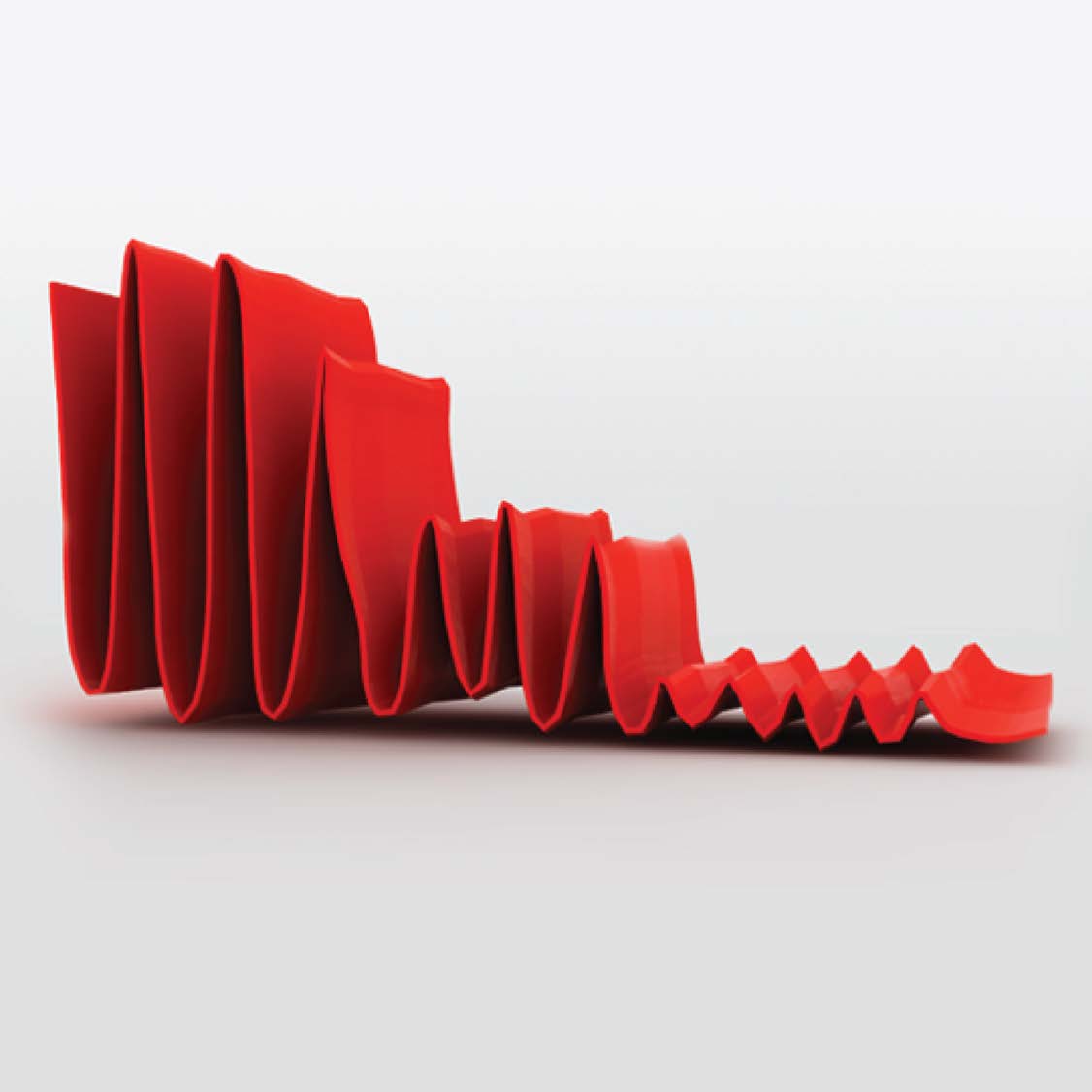
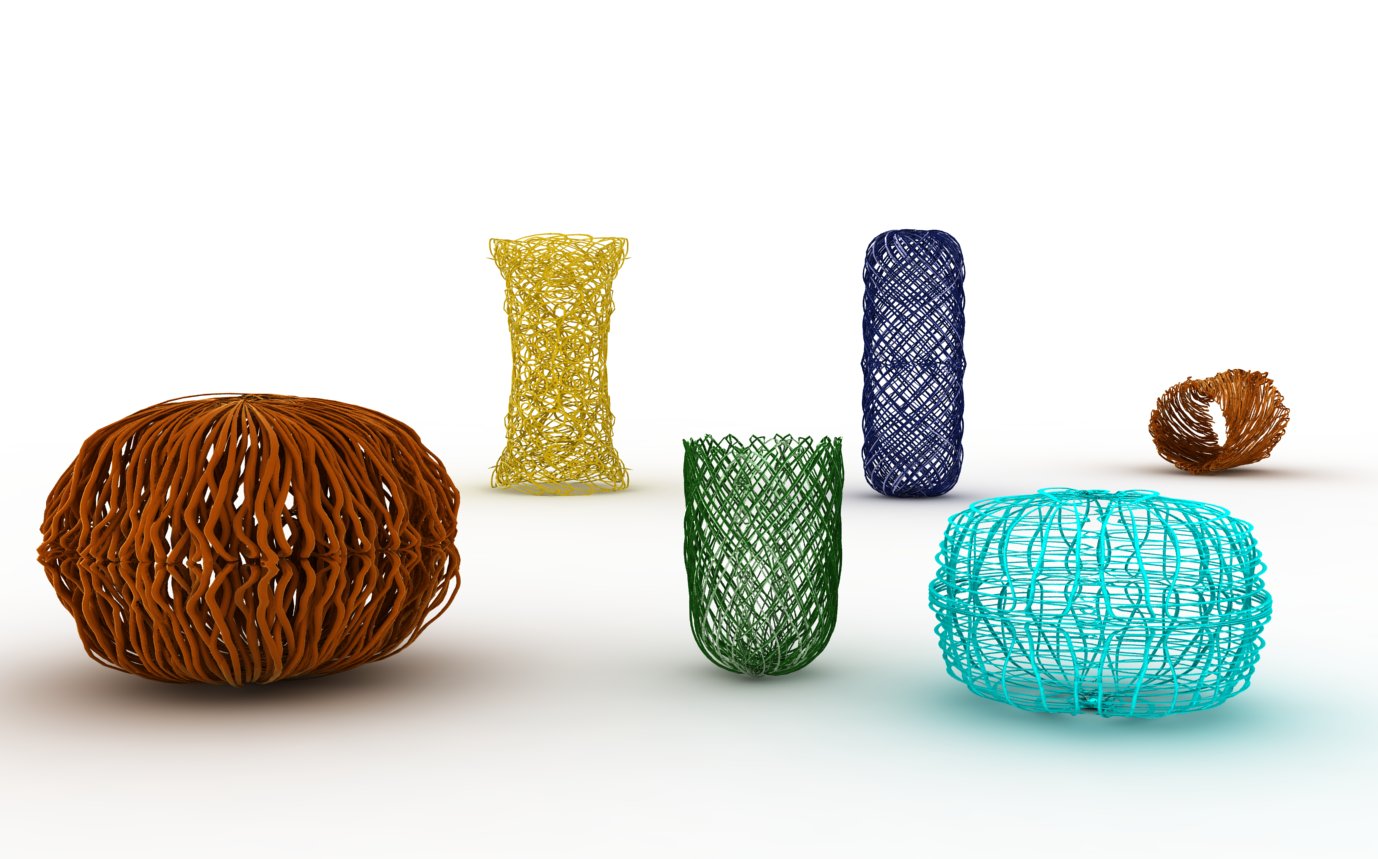
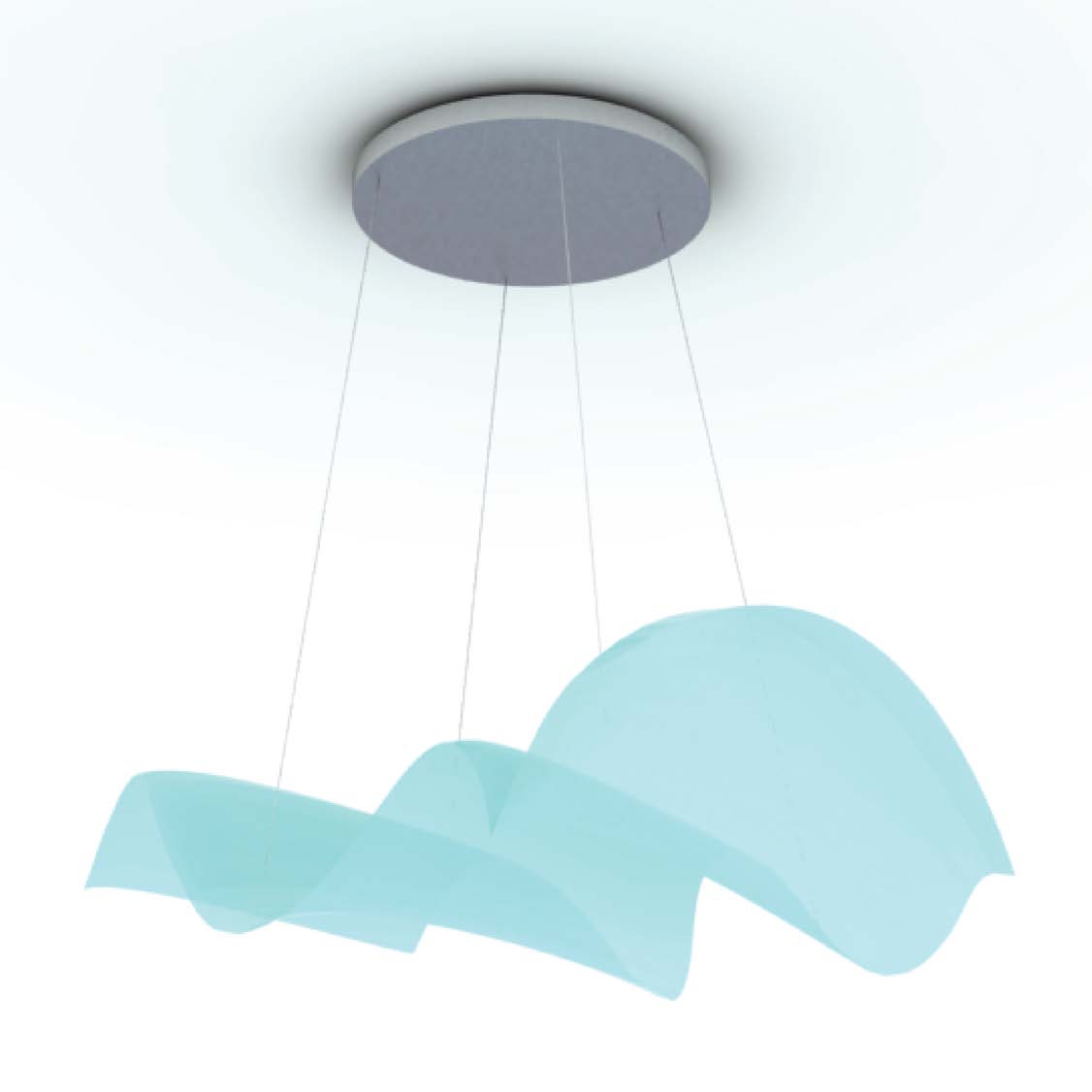
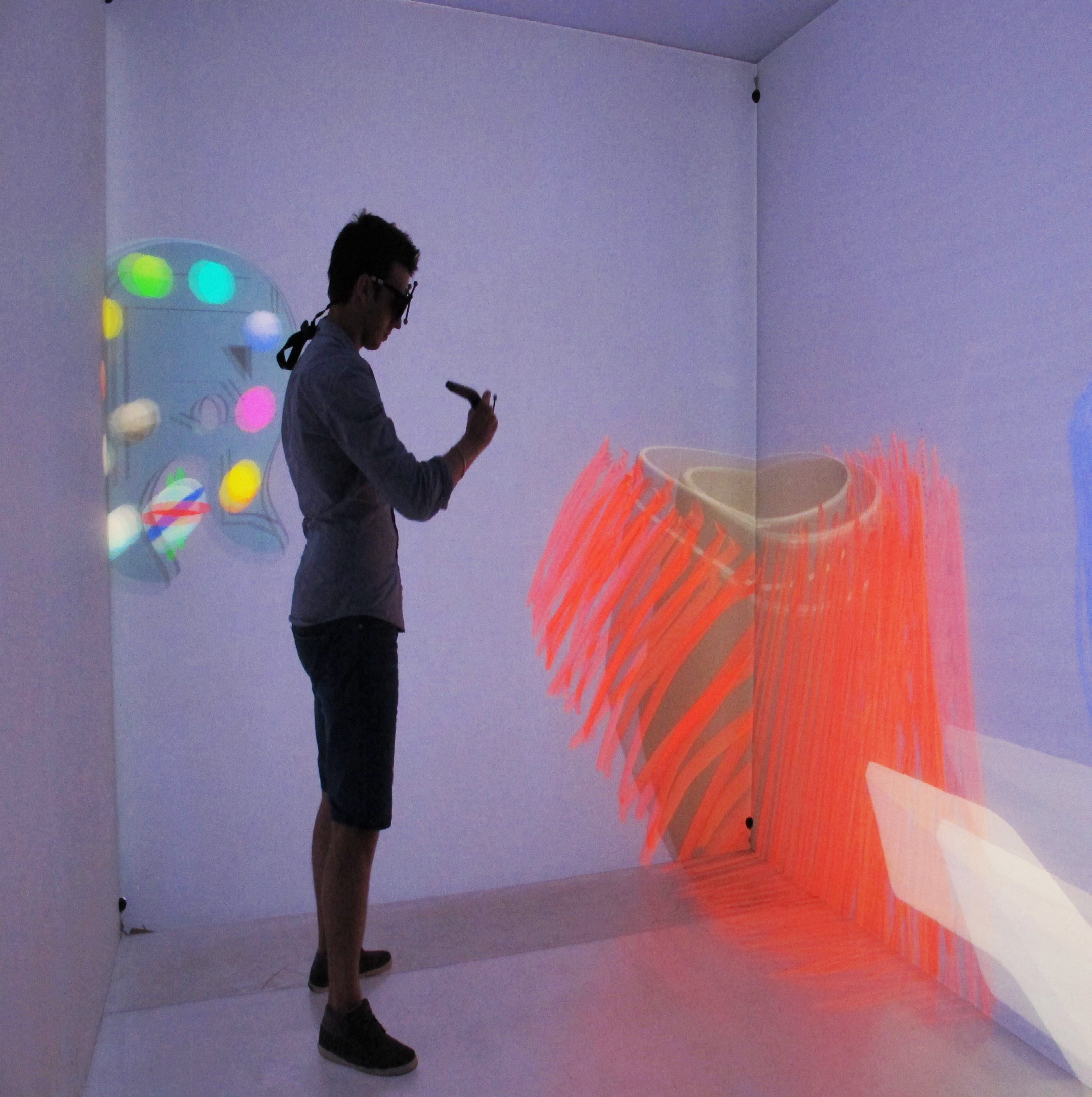

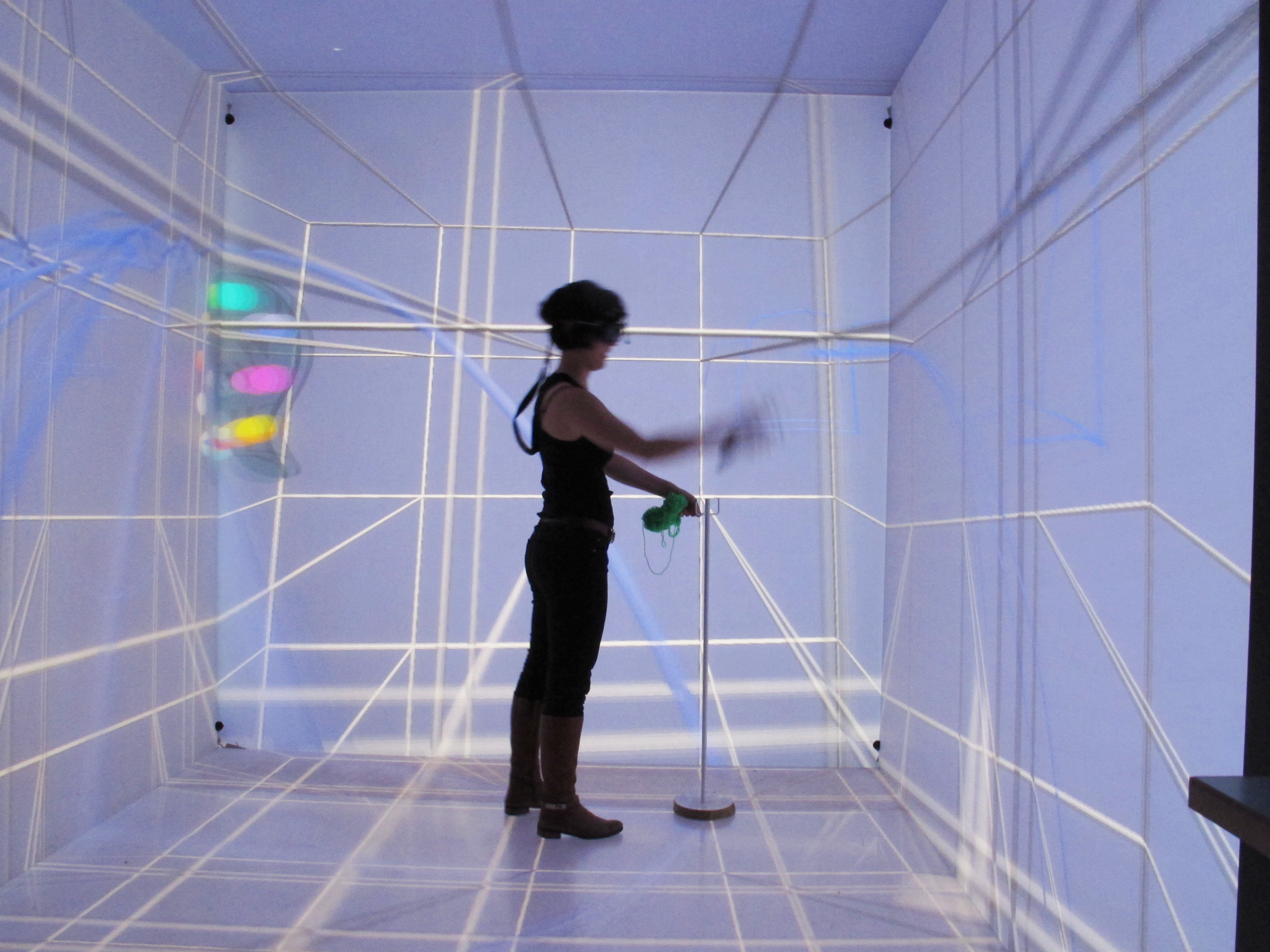
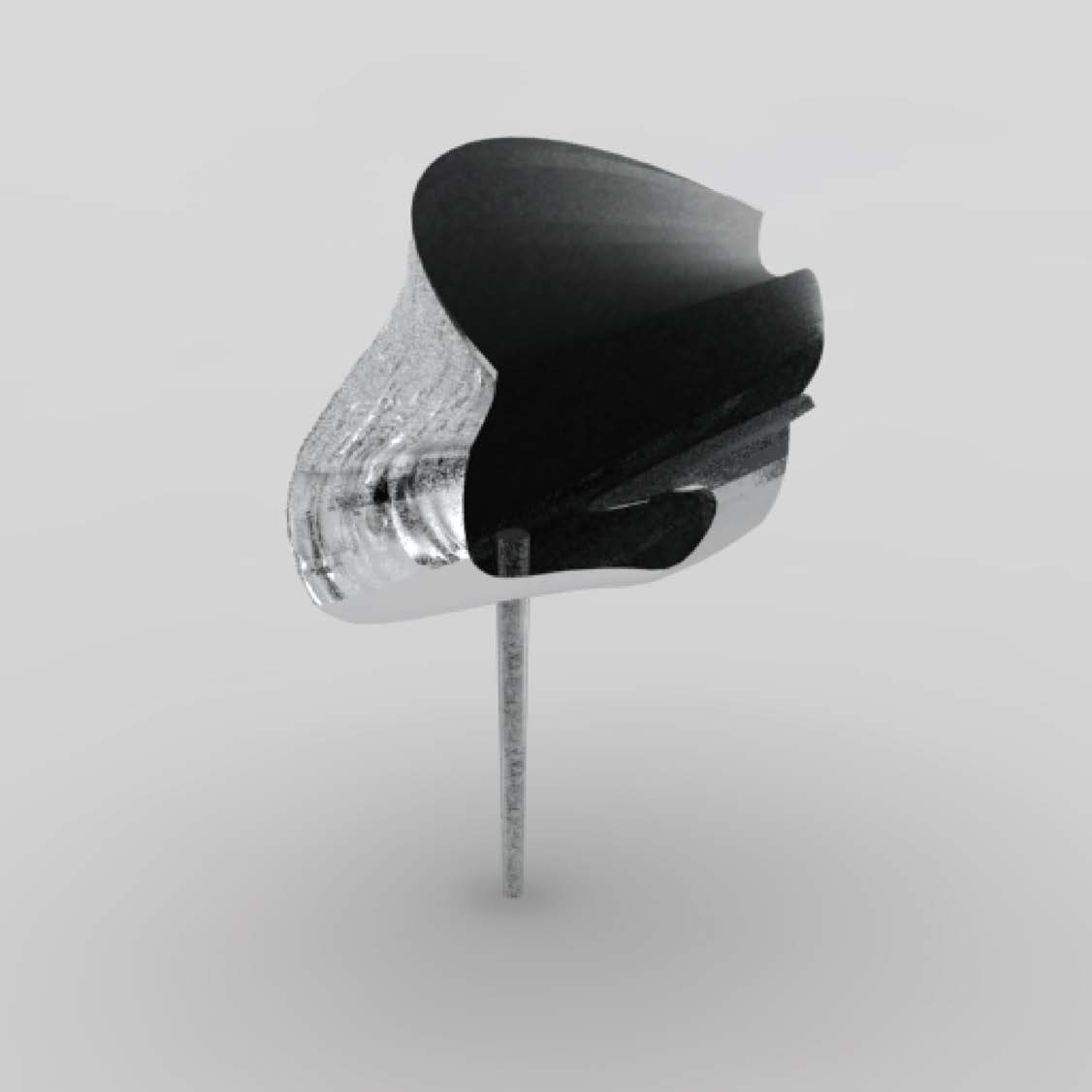
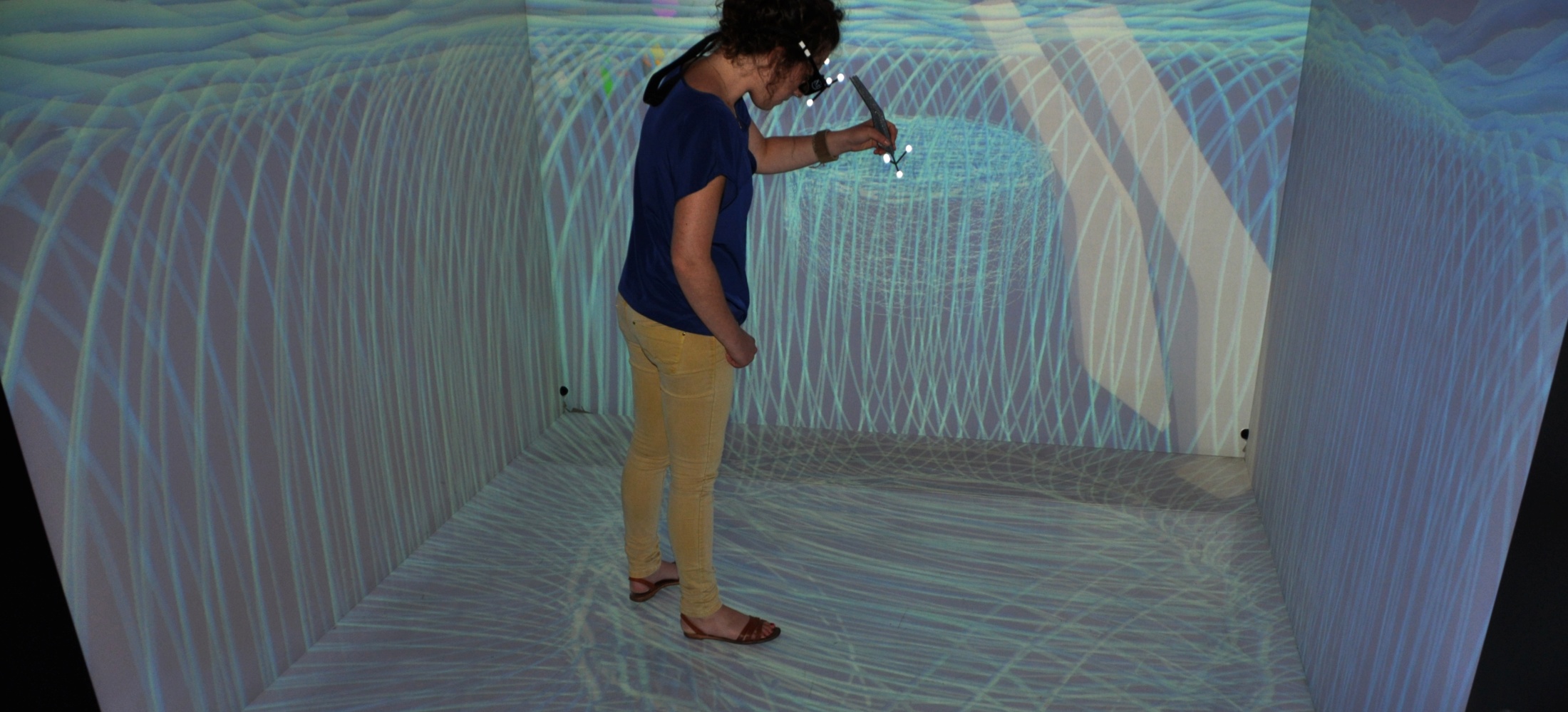
.

VISIONAIR / Grenoble INP / 46 avenue Felix Viallet / F-38 031 Grenoble cedex 1 / FRANCE
Project funded by the European Commission under grant agreement 262044

Project funded by the European Commission under grant agreement 262044
